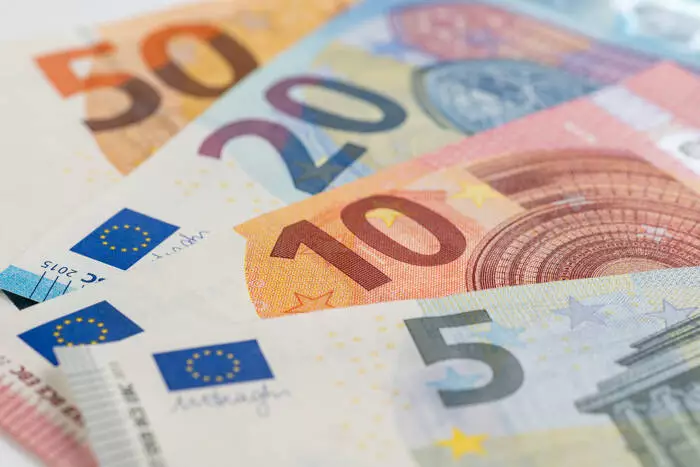Gold has seen a revival, positioning itself for the most impressive monthly performance since March of the previous year. If we examine the driving forces behind this trend, it becomes evident that strong market sentiment, intertwined with the implications of American political developments, plays a crucial role. As investors flee to safe-haven assets amid uncertainties, gold has regained luster, bolstered by both macroeconomic indicators and geopolitical considerations.
This week proved decisive, with the Federal Reserve maintaining interest rates in the 4.25-4.5% range. The Fed’s announcement has not only reaffirmed market expectations but also introduced complexity into future monetary policy trajectories. Notably, there was an omission of a reference to progress towards the 2% inflation target, highlighting a shift in the central bank’s narrative. This indicates a potential acknowledgment of a structural shift in inflation dynamics rather than viewing recent fluctuations as mere anomalies. Market anticipations have adjusted accordingly, now incorporating an estimated 85% chance of a continued hold in March.
In contrast to American policies, the European Central Bank (ECB) opted for a reduction in its main refinancing rate, decreasing it to 2.9%. The ECB’s strategy reveals its responsive nature to regional economic conditions, particularly given the forecasted decline in annual headline inflation. With inflation rates in the Eurozone currently trailing those of the United States by half a percentage point, this monetary easing provides the ECB with the flexibility to stimulate its economy. However, a widening interest rate gap between the euro and the dollar could signal adverse implications for the euro, potentially leading to increased volatility in currency markets.
Another element at play within this financial context is the unfolding political developments in the United States. Donald Trump has recently confirmed intentions to impose tariffs on a variety of imports from Canada and Mexico, alongside the contemplation of tariffs on Chinese goods. While traders had been anticipating these potential tariffs, the key uncertainty remains regarding the specifics of these measures: the exact products affected and the financial implications for various sectors. This layer of political tension generates a heightened sense of market volatility as businesses and investors recalibrate their strategies in light of newfound trade barriers.
The interplay between monetary policy decisions and political maneuverings creates a complex landscape for investors. Gold’s recent rally underscores the importance of strategic asset allocation, particularly in times of uncertainty. As market participants remain on alert for further developments, particularly regarding tariffs and central bank policies, the quest for stability amidst volatility becomes increasingly critical. An astute understanding of these dynamics will be essential for anyone seeking to navigate the choppy waters of today’s financial markets.

